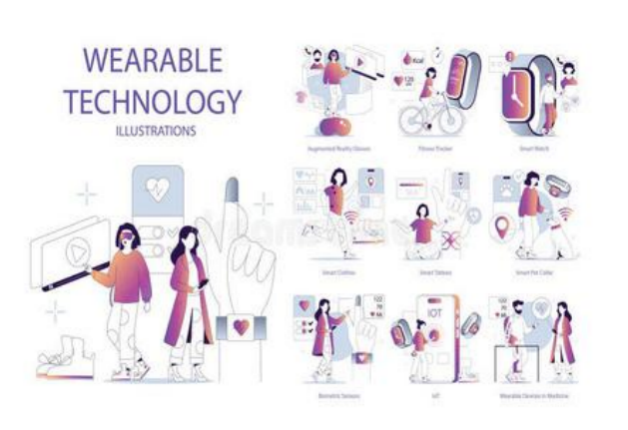
Behind the glamorous fashion shows, a transformative industrial revolution concerning human survival is quietly emerging. The resource consumption dilemma spawned by the fast fashion economy is compelling the textile industry to reconstruct its production logic. From molecular deconstruction to carbon-based remolding, technological innovation is paving a new path for the garment industry towards circular regeneration.
The materials deconstruction revolution is stirring waves in the industry. A certain environmental technology company has developed molecular-level separation technology that successfully addresses the recycling challenges of blended fabrics. Through a specific solvent system, polyester fibers and cotton components are precisely separated under high temperature and pressure, achieving a purity level that meets secondary spinning standards. This breakthrough allows blended textiles to escape the fate of landfilling, and a certain international fast fashion brand has already utilized this technology to launch a recycled series, providing a model for a closed-loop supply chain.
Intelligent sorting systems are building a recycling network. Addressing the logistical pain points of old clothing collection, a multinational innovation platform has integrated smart warehousing with reverse logistics to develop a comprehensive management system that spans from collection to regeneration. Consumers can drop off old clothes at offline stations, while cloud algorithms analyze material composition in real-time and automatically plan the optimal processing route. This system has been integrated into the supply chains of several international brands, fostering user recycling habits through a points incentive system and significantly increasing the return rate of old clothing.
On-demand intelligent manufacturing systems are overturning traditional production. A digital clothing laboratory has launched a three-dimensional weaving device that elevates customized production to new heights. This system, which combines 3D modeling with robotic arm control, can directly weave seamless garments based on user body data, eliminating waste from cutting excess fabric. Its micro-factory model achieves zero inventory production, effectively addressing the long-standing imbalance between production and sales in the garment industry.

Carbon conversion technology is initiating a raw material revolution. A cutting-edge research team captures carbon dioxide from industrial waste gases and synthesizes cellulose-based materials through enzymatic catalytic reactions. This gaseous textile technique not only reduces carbon emissions but also creates new fabrics with unique textures. An environmental innovation company is collaborating with a retail group to test this technology, which may become a significant alternative to traditional cotton spinning in the future.
Automated disassembly equipment enhances recycling precision. A French tech team has developed an intelligent sorting device that utilizes multispectral recognition and laser cutting technology to separate rubber soles from textile uppers without damage. For the metallic accessories of high-end garments, the integrated magnetic resonance detector can locate buttons and zippers within milliseconds, ensuring the complete recovery of valuable materials. This innovation has particularly caught the attention of luxury brands, opening possibilities for leather repair and redesign.

In this green revolution, the industrial ecosystem is reconstructing its value chain. From molecular engineering in chemical laboratories to intelligent transformations on production lines, from reshaping consumer habits at the end of the supply chain to innovative breakthroughs in energy structures, every link is weaving a future vision of sustainable development. When technological empowerment meets environmental concepts, the fashion industry will ultimately shed its label as a "pollution heavyweight" and rejuvenate within the circular economy.




